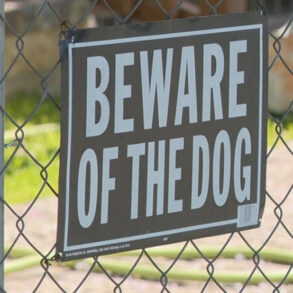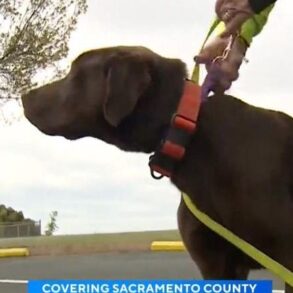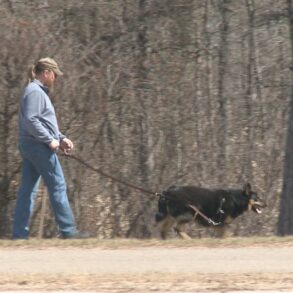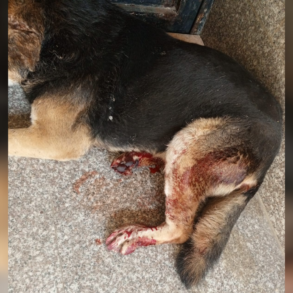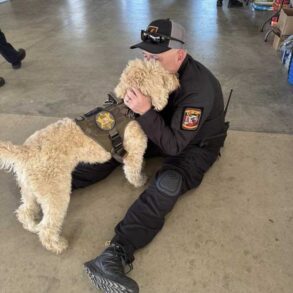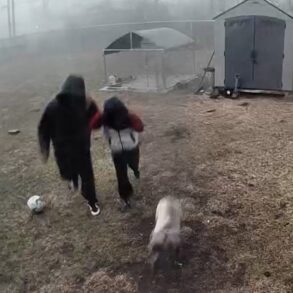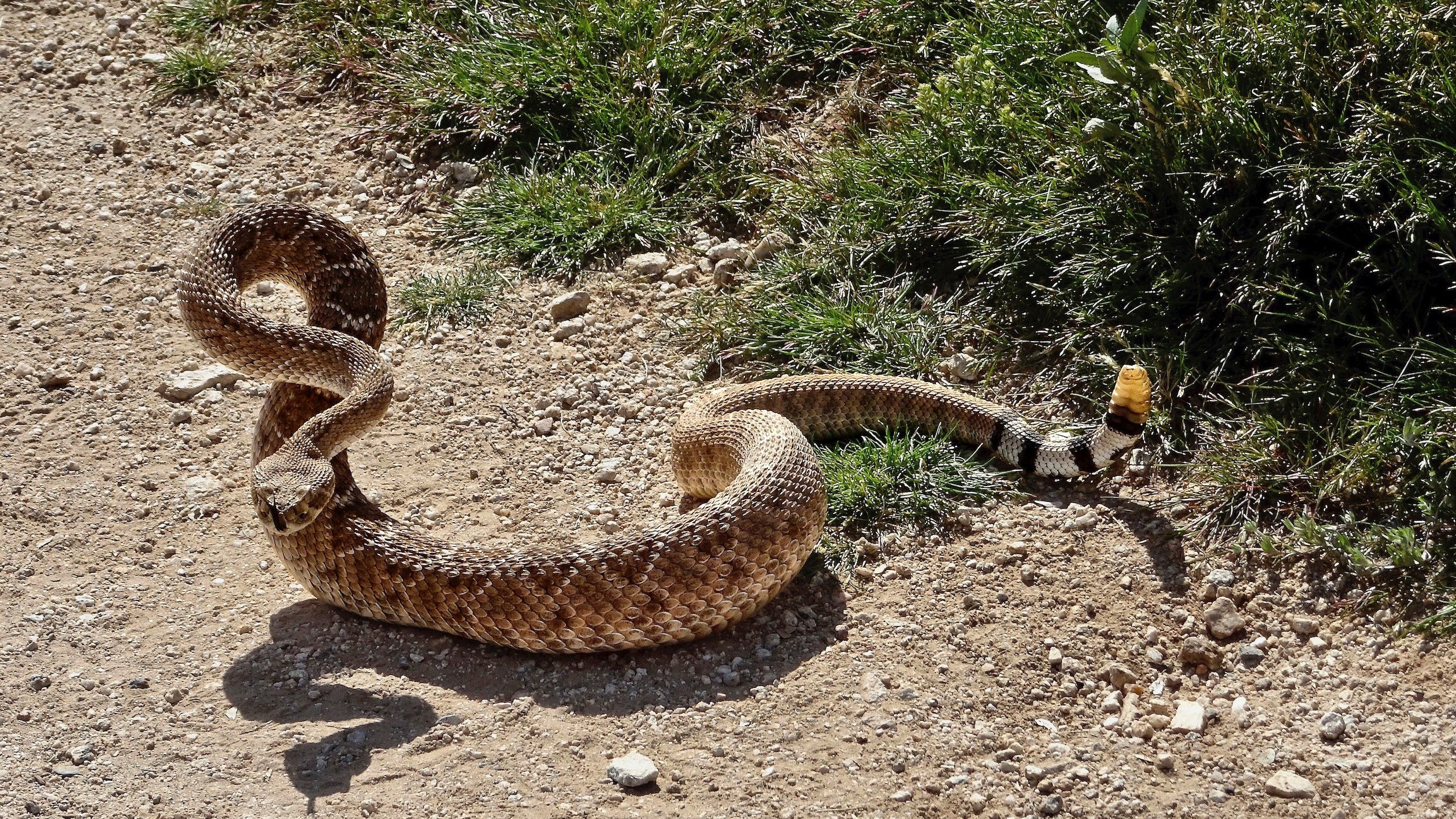
6 things you should know about rattlesnakes
6 things to know about rattlesnakes, including what to do if you encounter one, their strike range and what to do if you’re bitten.
The Republic
- Rattlesnake bites can be fatal to dogs, but survival rates are high with prompt veterinary care.
- Symptoms of a rattlesnake bite in dogs include swelling, pain, bruising, and bleeding at the bite site.
- If bitten, immobilize the dog as much as possible and seek immediate veterinary attention.
Arizona’s prime spring hiking season is here, and this lovely warm weather brings out a particular trail user to be on the lookout for: rattlesnakes. Especially if you enjoy hiking with your dog.
Rattlesnakes can pose a serious threat to dogs, as their venom can cause severe complications or even death if your pet isn’t treated promptly. Keep your dog on a leash and stay on marked trails to minimize the risk of a bite.
You can also consider aversion training to teach dogs to avoid snakes, or a rattlesnake vaccine to lessen venom effects. However, the most reliable prevention method is keeping your dog leashed at all times.
Want to know more about rattlesnakes in Arizona? Here’s when they come out, what kinds of rattlesnakes are common here, why rattlesnakes are important to the ecosystem and what happens if a rattlesnake bites you.
Here’s everything you need to know to protect your dog from rattlesnake bites.
Can a dog live if bitten by a rattlesnake?
Yes, a dog can survive a rattlesnake bite, especially with prompt veterinary care.
“They’re not immune to venom of rattlesnakes. They need to receive medical attention,” said Brian K. Sullivan, professor emeritus of herpetology at Arizona State University. But “just like it is for humans, most dogs survive a rattlesnake bite with care.”
Sullivan said many outdated practices, such as applying ice or cutting the wound, are not recommended. The key is to keep the dog as still as possible to prevent venom from spreading rapidly and get it to a medical professional immediately.
“If you could carry the dog and keep it immobilized so it’s not moving and spreading the venom in its system, that’s the best thing to do,” said Sullivan.
Is there a rattlesnake repellent?
Commercial rattlesnake repellents are available, but their effectiveness is a topic of debate.
There’s a rattlesnake vaccine for dogs that can help reduce the severity of venom in case of a bite, though it doesn’t provide complete immunity.
Some dog owners seek an aversion training program that can teach dogs to avoid snakes, available through specialized trainers.
What is the survival rate for rattlesnake bites in dogs?
According to the Morris Animal Foundation in Denver, the survival rate for dogs bitten by rattlesnakes is generally quite high, with estimates around 80%-90% when they receive prompt veterinary care.
Factors that influence survival include the location of the bite, the size and health of the dog and how quickly medical treatment is administered. The sooner a dog is treated after a bite, the better the chances of recovery.
How do I keep my dog away from rattlesnakes?
The best way to keep your dog away from rattlesnakes is to keep it on a leash. The smaller the area they roam, the less likely a snake encounter will be.
“If you’re letting your dog off the leash, dogs are just much more likely to blunder into a snake than a human is because they’re bouncing off the trail,” said Sullivan.
“They’re bouncing through bushes, they might stick their head in a shrub if they see something move, they might chase it. And if they run to a shrub and there’s a snake coiled under there, and suddenly they put their face in there, there’s no real surprise that the snake would strike.”
What does a dog look like after being bitten by a snake?
When a dog is bitten by a rattlesnake, common symptoms include swelling around the bite site, especially on the face, neck or legs, and pain that may cause the dog to whine or limp. The affected area may show bruising or discoloration, and there may be bleeding or puncture wounds from the snake’s fangs.
“Sometimes there’s a dog-snake interaction and you don’t see it clearly,” Sullivan said. “Your dog might yelp and jump, and you come and there’s a snake, and you hear it rattling, and you assume it’s been bitten. You might want to try to examine the dog to find out, because it might not have been, and because they have fur, it can be harder to see the bite marks the way you could see on a human.”
How long does it take for a dog to show signs of a rattlesnake bite?
Your dog will show symptoms fairly quickly, within five minutes.
“Let’s assume it’s a paw. They’re going to start holding it up, they’re going to start limping,” said Sullivan. “There’s going to be something.”
Can a dog survive a rattlesnake bite without treatment?
A dog’s survival after a snake bite without treatment is highly unlikely. The speed at which they receive treatment plays a critical role in their recovery.
Got a story you want to share? Reach out at Tiffany.Acosta@gannett.com. Follow @tiffsario on Instagram.
Support local journalism and subscribe to azcentral.com.
This post was originally published on this site be sure to check out more of their content.

















